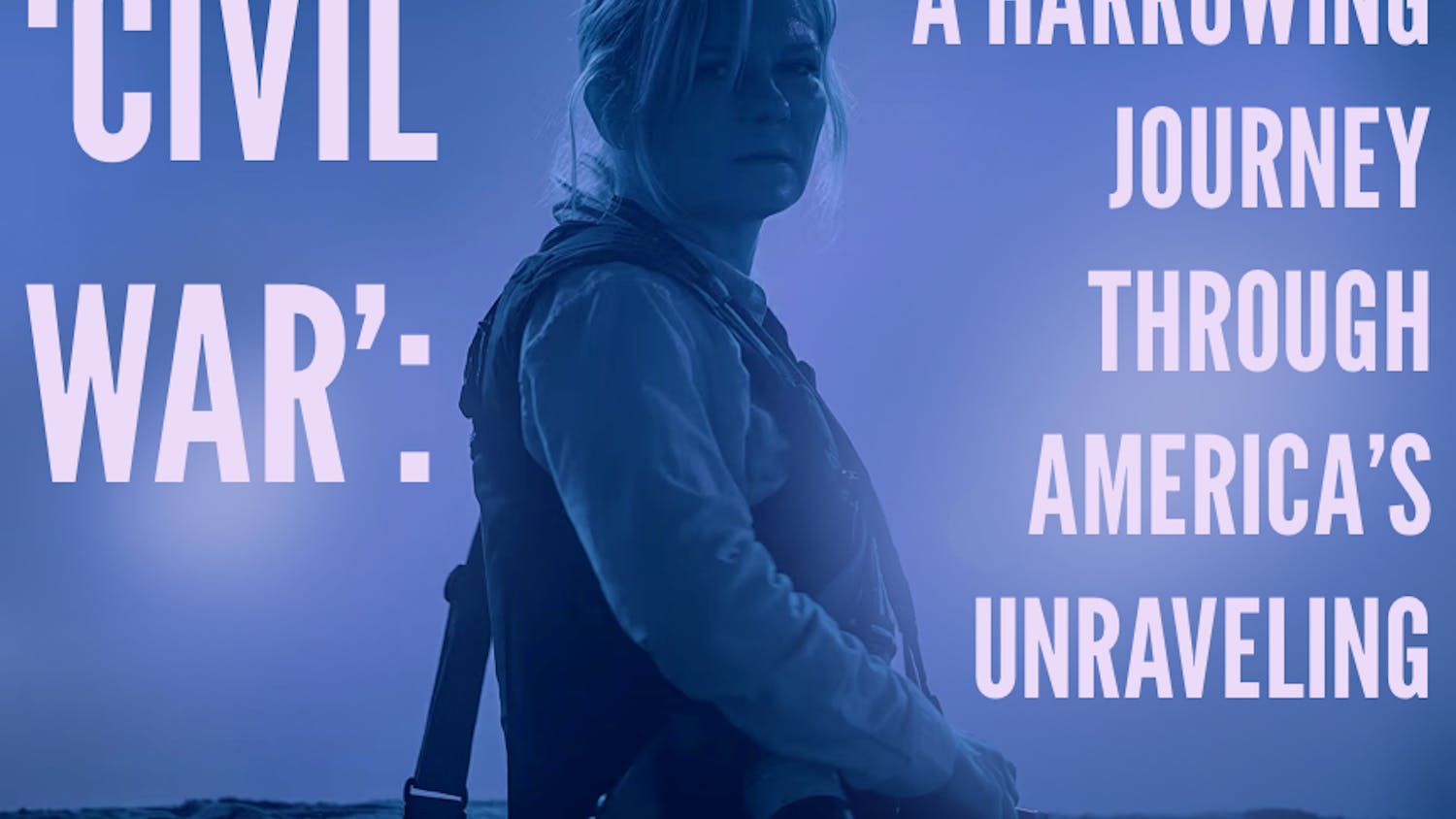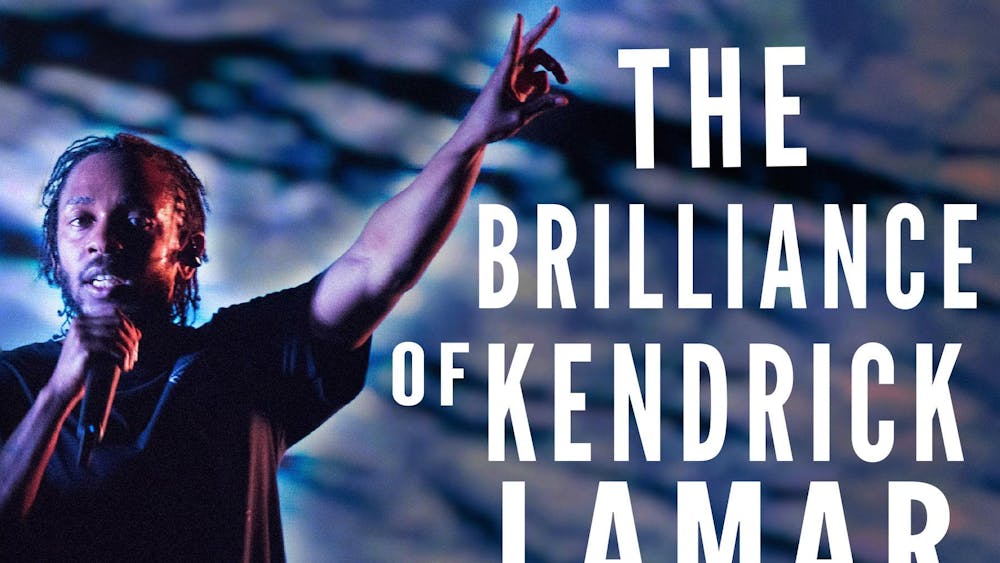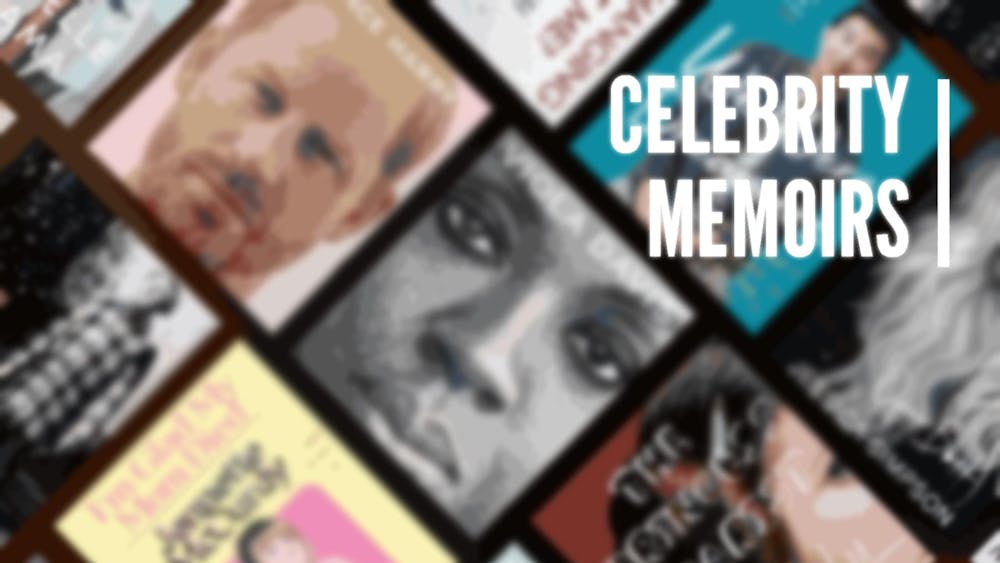
On St. Patrick’s Day, the Chicago Art Institute opened an exhibit they called, “Ireland: Crossroads of Art and Design, 1690-1840.” The exhibit runs through June 7, featuring over 300 objects from public and private collections across North America (including at least one piece from Notre Dame’s very own Snite Museum of Art).
The exhibit opens with a giant map of Ireland painted on one of the walls. Walking in, I wasn’t entirely sure what to expect, but as an Irish language major, I found it particularly curious that they had included the Irish-Gaelic names of each of the cities included on the map but used only the English names of each of the counties (using the Loyalist name for the county of Londonderry instead of the Irish name, Derry, which perhaps should have clued me in to the type of artwork they would display).
Walking into the next room reveals a large display about the symbol of the harp in Ireland. Accompanying it is a short discussion of the harp as a “universal symbol” for all of Ireland. (Side note on the use of the harp: if you look at the harp used as the Republic of Ireland’s national symbol and the harp used in the Guinness logo, you’ll notice they face opposite directions. When the Irish state was formed in the 1920s, they had to make sure to face the harp the opposite way from that of the Guinness harp because the beer company had a copyright on the symbol.)
Moving into the next room, there is a group of portraits. Though most portraits are of Anglo-Irish dignitaries, some are of British soldiers, and there is a solid group depicting the children and families of the artists. Perhaps most interesting to me was the number of “Irish” artists who did the bulk of their work in England.
Moving into the rest of the exhibit, the focus shifts from traditional painting to works of art that also existed as pieces of furniture, clothing, and dishware. Each room focuses on a different center of production in the country, from Dublin, Cork, Belfast and Waterford.
In a small corner of the room of silver dishes, there is a display of ceramic dishware that is one of the highlights of the room. The painting on each plate is quite impressive, and as someone whose mother loves Belleek dishes, I can appreciate Irish pottery.
One of my personal favorite parts of the exhibit was the second to last room, which featured a number of large pieces of furniture clearly from aristocratic homes around the country. Perhaps one of the best pieces was a large decanter chest that looked almost more like a table. There was something fascinating about picturing its actual usage. The contrast between the furniture here and that presented in another wing of the Institute — alongside American modernism — was rather striking.
The exhibit closes where it began, with the final room featuring a large tapestry depicting the destruction of Niobe’s children. It is eye-catching and impressively done.
For me, perhaps the most striking feature of the exhibit was that which it seemed to lack. Walking through the entire showcase, there didn’t seem to be a single piece of Irish-Gaelic art in the entire place. Rather, the focus was on the artifacts collected from the Anglo-Irish ascendancy and the life led by those in the upper classes of Irish society from 1690-1840.
It was this sort of issue that struck me when I looked at the names of all the portrait artists, many of whom were born in Ireland but worked in England. Confusingly, Irish artists were not just decided on the basis of birthplace; the collection also included pieces by Scottish artists who worked in Ireland. The combined inclusion raised the question in my mind of how we determine the “ethnicity” of art. Clearly, the question of birthplace matters but so does the reigon where the artist lived and worked. The Chicago Art Institute does not seem to privilege one qualifier over the other, and I’m not sure I’m prepared to choose one either.
All told, the exhibit was certainly worth the visit. The pieces included were beautiful, and the world they presented fascinating, even if it was a fairly one-sided view of the Irish world from 1690-1840.













